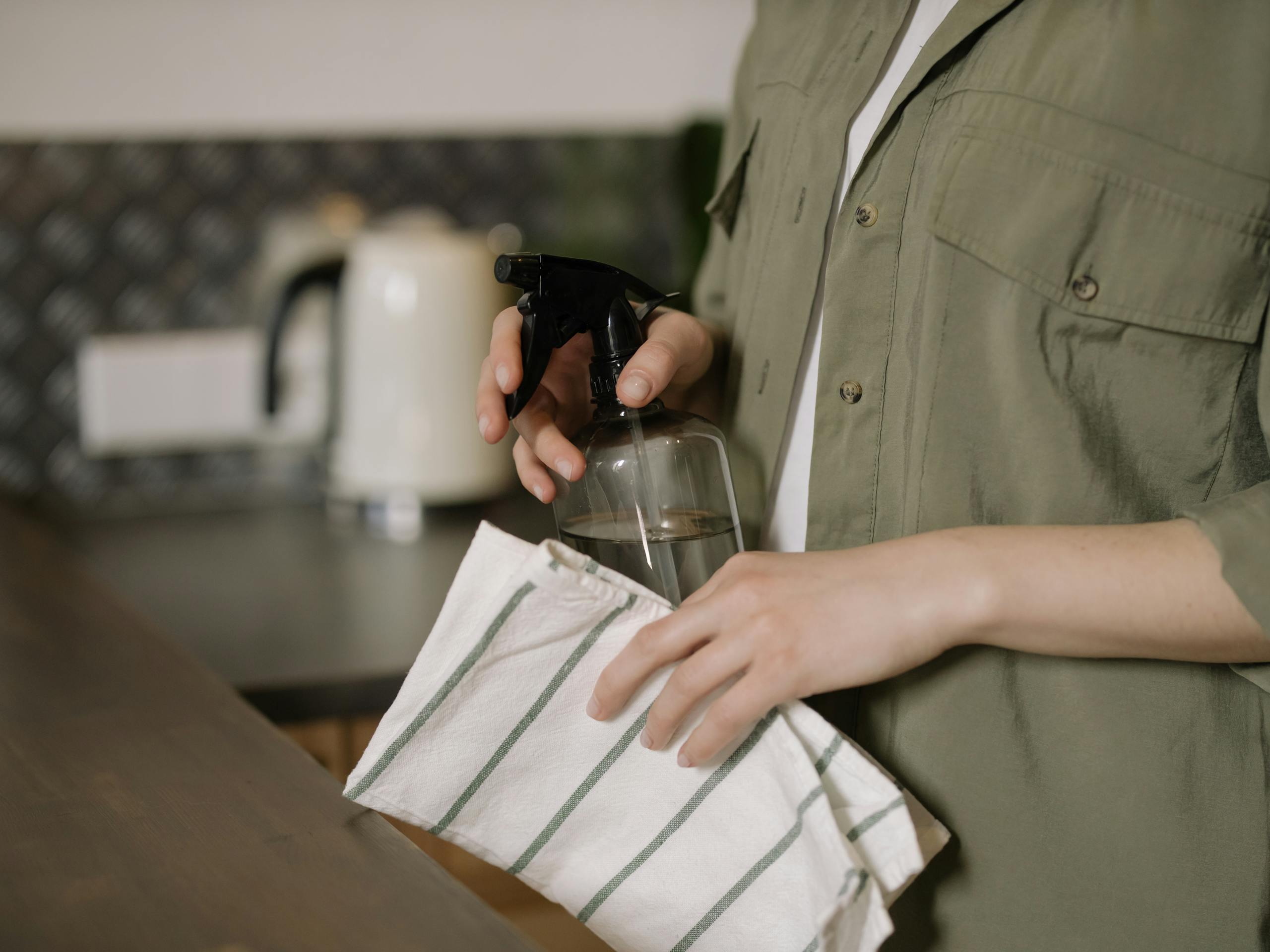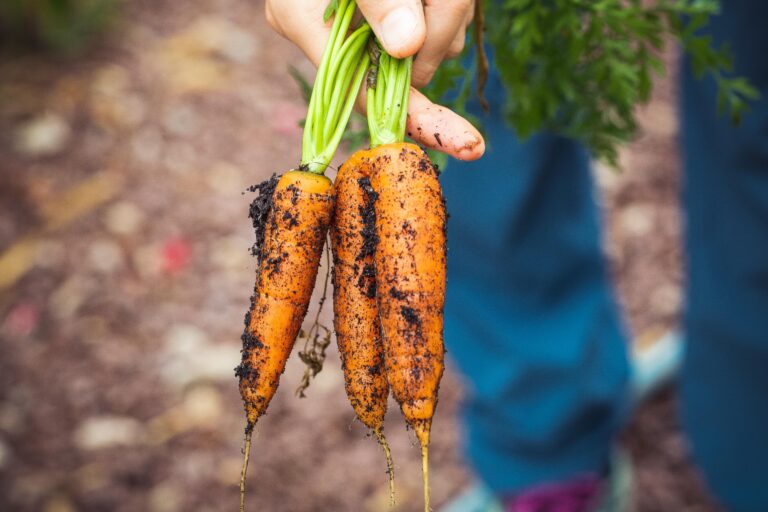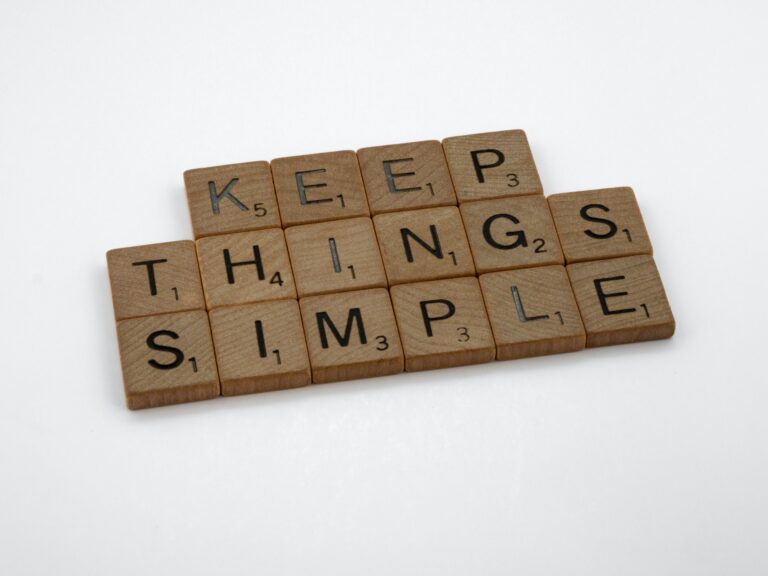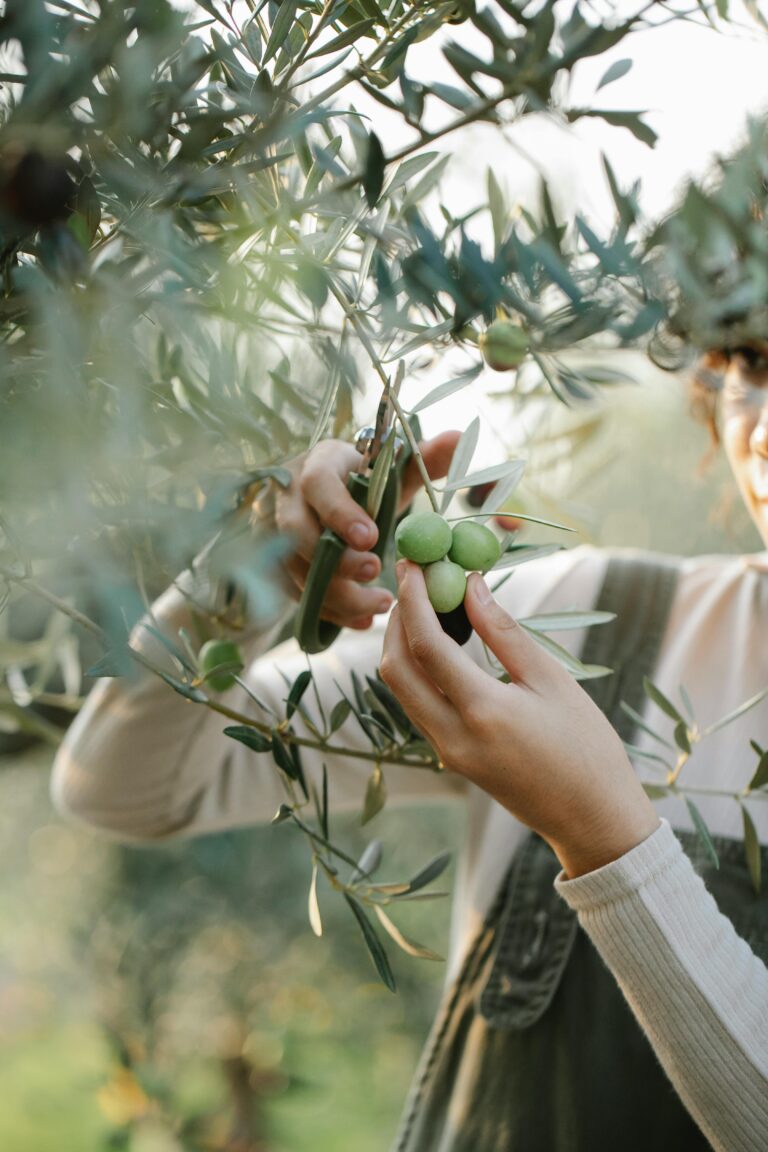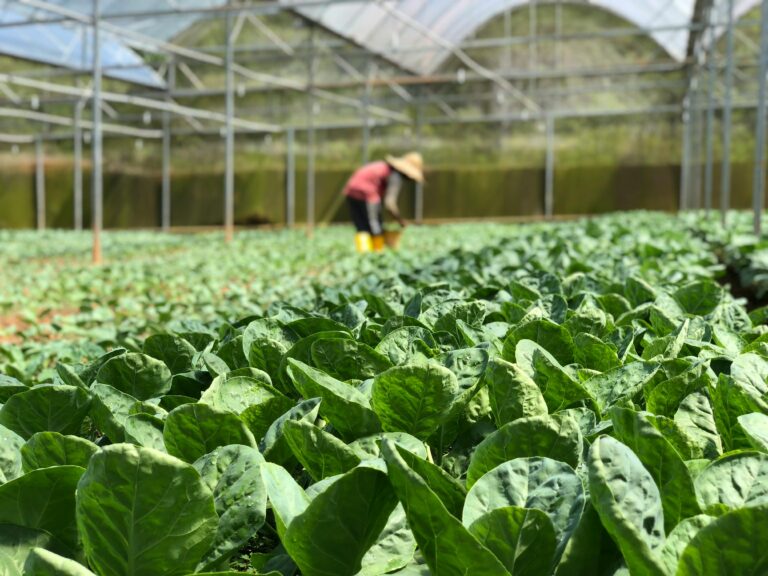How to Make Your Own Green Cleaning Products for the Kitchen
Are you tired of using harsh chemicals in your kitchen that leave behind toxic residues? It’s time to switch to natural cleaning products that are safe for you, your family, and the environment. In this blog post, we will explore how to make your own green cleaning products for the kitchen using all-natural ingredients. Say goodbye to harmful chemicals and hello to a cleaner, greener home.
The Benefits of Going Green in Your Cleaning Routine
Embracing a green cleaning routine in your kitchen is not just a personal win; it’s a victory for the planet. The switch from chemical-laden products to natural cleaners is beneficial on multiple fronts. Primarily, it significantly reduces the exposure of your household to potentially harmful substances found in traditional cleaning agents. These natural alternatives safeguard the health of your family by minimizing the risk of allergic reactions, respiratory issues, and chemical burns from harsh cleaners.
Additionally, using ingredients such as vinegar, baking soda, and essential oils for cleaning purposes has a minimal environmental impact compared to conventional products. These natural components are biodegradable and non-toxic, ensuring that waterways and ecosystems are not polluted with chemicals after they go down your drain.
Economically, opting for DIY natural cleaning solutions can lead to substantial savings. Many of the ingredients used in these green cleaners are staples in the pantry, making them readily available and much cheaper than their commercial counterparts. Furthermore, the efficacy of these homemade cleaners in tackling a multitude of cleaning tasks means you can streamline your cleaning supplies, reducing waste and clutter in your home.
The move towards natural cleaning not only elevates the safety and health of your environment but also aligns with a sustainable lifestyle, contributing to a cleaner, greener planet for future generations.
Essential Ingredients for Your Natural Cleaning Arsenal
To embark on your journey toward a sustainable and chemical-free kitchen, stock up on a few key items that form the backbone of numerous DIY green cleaning recipes. White vinegar stands out for its ability to disinfect and deodorize various surfaces without the drawbacks associated with synthetic cleaners. Its natural acidity makes it an exceptional choice for tackling bacteria and grime. Baking soda, another powerhouse, serves as an effective yet gentle abrasive, perfect for removing stubborn stains without scratching surfaces.
Essential oils are not only for aromatherapy but also play a pivotal role in homemade cleaning solutions. Lemon, for its grease-cutting prowess and fresh scent; lavender, known for its calming aroma and antimicrobial properties; and tea tree oil, celebrated for its potent antiseptic qualities, can all be incorporated to boost the cleaning power and fragrance of your concoctions.
Don’t overlook the utility of castile soap—a plant-based soap that can cut through dirt and grease, making it ideal for dishes, surfaces, and even handwashing.
Armed with these ingredients, you’re well-equipped to create a suite of effective, eco-friendly cleaning products. Each component not only contributes to the overall cleaning efficacy but also ensures that your kitchen remains a safe, toxin-free zone for family gatherings and culinary adventures.
The All-Purpose Cleaner You Can’t Live Without
Crafting an effective green all-purpose cleaner is simpler than you might think and becomes an indispensable tool in your natural cleaning arsenal. Start by combining equal parts of water and white vinegar in a clean spray bottle. This mixture serves as the base of your cleaner, leveraging vinegar’s natural disinfecting properties to tackle a wide range of kitchen messes. To this, introduce a few drops of your chosen essential oil; lemon for its grease-cutting capabilities and refreshing scent, lavender for a soothing fragrance, or tea tree for its strong antiseptic action. Shake the concoction well to ensure the ingredients are thoroughly mixed.
This homemade solution is incredibly versatile and can be applied across most kitchen surfaces. Its effectiveness comes from the acidity of the vinegar, which cuts through dirt and bacteria, while the essential oils leave behind a pleasant, natural aroma. It’s perfect for wiping down countertops, cleaning appliances, and shining up sinks without the worry of toxic chemicals or residues.
With this all-purpose cleaner, you gain a powerful ally in maintaining a clean and healthy kitchen environment. Its natural components ensure safety for your family’s health and contribute positively to environmental conservation, all while keeping your kitchen spotless and smelling fresh.
Natural Solutions for Grease and Grime
For effectively combating kitchen grease and grime without resorting to harsh chemicals, natural ingredients in your pantry can be surprisingly powerful. A paste made from mixing baking soda with a little water proves to be an excellent scrub for challenging grease spots found on stovetops and inside ovens. The gentle abrasive nature of baking soda helps lift grease without damaging surfaces. For dishes that are coated with oily residues, incorporating a few drops of lemon essential oil into your dishwashing liquid can amplify its degreasing capability. Lemon’s natural grease-cutting properties make it a formidable ally against tough kitchen oils. This approach not only contributes to a safer cleaning routine but also enhances the overall cleanliness and freshness of your cooking space with the added benefit of leaving behind a subtle, invigorating scent.
A Sparkling Solution for Windows and Glass Surfaces
Achieving streak-free shine on your windows and glass surfaces doesn’t require the use of harsh chemicals. Instead, a simple, eco-friendly mixture can bring about the same, if not better, results. Begin by combining equal measurements of water and white vinegar in a spray bottle. This duo acts as a potent cleaning agent, leveraging the vinegar’s acidic nature to effortlessly dissolve grime and fingerprints without leaving any harmful residues behind.
To elevate the cleaning power and add a refreshing scent, consider adding a few drops of lemon essential oil to your mixture. Not only does this provide a pleasant, natural fragrance throughout your kitchen, but the lemon oil also contributes additional grease-cutting properties, making it particularly effective on kitchen windows that may have been subjected to cooking fumes and splatters.
When applying the solution, spray generously onto the glass surface and use a microfiber cloth for wiping. Microfiber is chosen for its ability to trap dirt and liquid without leaving streaks or lint behind, ensuring a flawless finish every time.
This natural method is not just limited to windows; it can also be used on any glass surface throughout your home, including mirrors and glass tables. Embrace this green cleaning solution to keep your glass surfaces gleaming, knowing you’re making a healthier choice for your home and the environment.
Keeping Your Drains Clear and Fresh Naturally
Maintaining the health of your kitchen drains doesn’t require harsh chemical drain cleaners that can be harmful to both your plumbing and the environment. Instead, embrace a simple yet effective natural method to ensure your drains stay clear and odor-free. Start by sprinkling a generous amount of baking soda directly into the drain. Baking soda acts as a natural cleaning agent and odor absorber, making it a key player in this eco-friendly routine.
Following the baking soda, pour a cup of white vinegar down the drain. The combination of vinegar and baking soda creates a powerful reaction that helps to break down fatty acids and any build-up in the pipes, allowing water to flow freely and eliminating unpleasant smells. After allowing the mixture to sit and work its magic for about five to ten minutes, flush the drain with boiling water. This final step helps to wash away any remaining debris and ensures that everything from the baking soda and vinegar reaction is cleared out.
For regular maintenance and to keep odors at bay, this procedure can be performed on a monthly basis. It’s a simple, cost-effective, and environmentally friendly way to address one of the most common kitchen nuisances. Additionally, it contributes to the overarching goal of fostering a safer and more sustainable cleaning practice within the home.
Tips for Maintaining a Clean and Green Kitchen
Keeping your kitchen clean and eco-friendly goes beyond the use of natural cleaning products; it involves everyday practices that reduce waste and promote a healthier environment. Consistently wiping down surfaces after use prevents the accumulation of dirt and debris, which can attract pests and lead to the use of more aggressive cleaning measures. Utilizing airtight containers for food storage not only keeps ingredients fresher for longer but also deters pests and reduces the likelihood of contamination. Regularly cleaning your kitchen appliances can also contribute to their efficiency and longevity, minimizing the need for frequent replacements and thus reducing waste.
Implementing reusable cloths or sponges for cleaning tasks instead of disposable paper towels can significantly cut down on household waste. Choosing these eco-friendly tools, which can be washed and reused multiple times, aligns with a green kitchen ethos. Moreover, being mindful of water usage when rinsing dishes or cleaning surfaces can conserve this valuable resource and decrease your environmental footprint.
By integrating these sustainable practices into your daily routine, you can enhance the cleanliness and eco-friendliness of your kitchen. Embracing a green approach not only contributes to a healthier living space but also supports the broader goal of environmental preservation.
